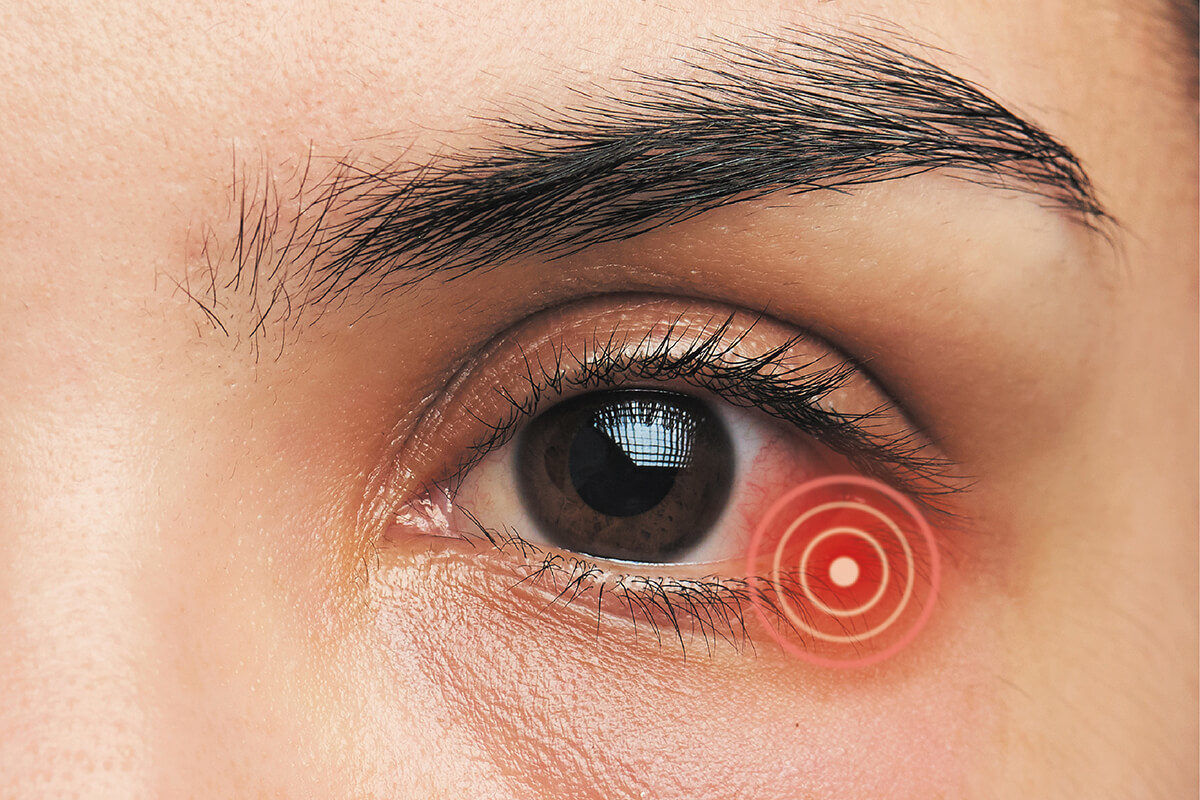Demodecosis

Demodex (Demodex folliculorum) is a parasite that causes a disease called demodecosis. It is very common, because the majority of the adults are the carriers of the parasite. However, due to the scant symptoms, it can be mistaken for various skin, eye and allergic diseases.
The infection can occur during direct contact with a infected person, touching the same objects as a infected person (for example, using the same clothes or combs, and even cosmetics, such as cosmetics testers in a drugstore). An increased risk of infection exists especially when use the services of beauticians and hairdressers.
Laboratory staff or students who work with microscopes are also exposed to the infection. Eggs of the parasite are spread with dust, with air currents, which is why they are also potential sources of infection.
Most adults are carriers of demodex, number of people infected with this parasite increases with age. Due to the fact that skin of children produces small amounts of sebum, it is very rare to diagnose them with demodex. 70-100% people after 70 are infected with demodex. However, the parasite causes disease only in some of people. The high risk group consists of people with allergies, immunocompromised, with dyslipidemic or hormonal disorders, the elderly, exposed to constant stress, as well as those who are suffering from recurrent inflammation of the skin and with seborrhoea or mixed type ofskin.
In some people the disease may be asymptomic. In others, it causes a variety of skin symptoms such as:
- reddening
- peeling
- eczema
- itch
- acne papules and pustules
Demodex can also cause blackheads on the skin. It can be accompanied by common acne and rosacea, inflammation of the corners of the mouth, seborrheic dermatitis, etc, and usually intensifies the symptoms of these diseases.
Sometimes demodex causes hair loss, which is confused with alopecia areata.
If the parasite feeds around the eye, can lead to blepharitis, dry eye and allergic inflammation of the eye surface. Symptoms such as:
- persistent itch
- burning
- redness and swelling of the eyelids (often enlarged blood vessels)
Demodex is active mainly at night, so at this time the illness may get worse:
- Dry eye and feeling the sand under the eyelids
- Scales on the edges of the eyelids
- Coating around the base of the eyelash (cylindrical dandruff)
- Discoloration of lashes that are brittle and very easy fall out
- Hypersensitivity to light, dust or smoke
- Bacterial infection, manifesting with barley, grayling

